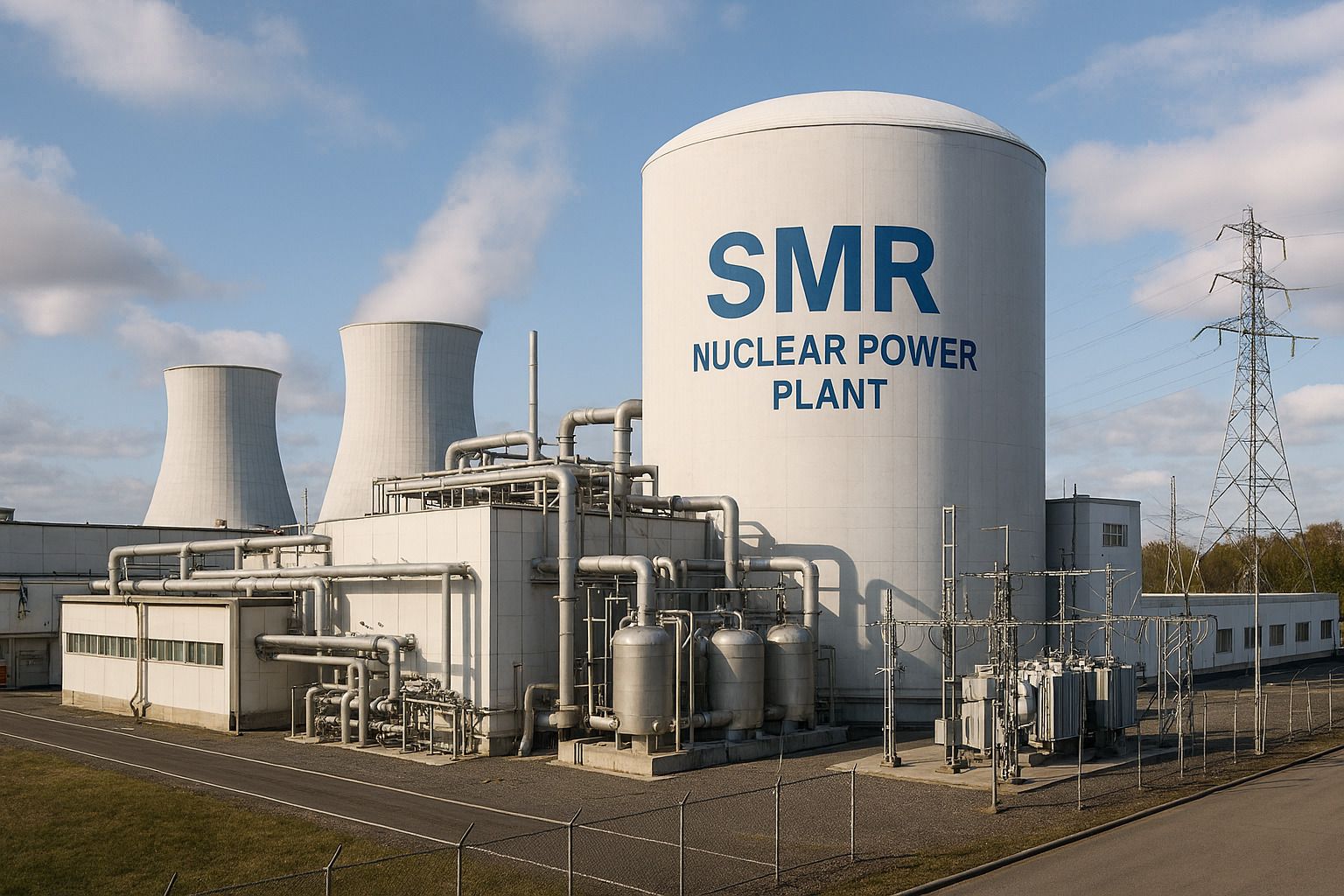Peggy’s Tech Blog:
SMRs Rise Up
We all know AI (artificial intelligence) is advancing—but right alongside it we will also see the infrastructure advance as well. We will need to build data centers fast and furious if we want to keep up with all the advancing technology—and we will need energy to power everything. Enter SMRs (small modular reactors), which offer cleaner, more reliable power that can support industries, data centers, remote grids, and more.
The Nuclear Industry Assn., suggests nuclear is the only source of clean energy that is available all the time and it has saved the United Kingdom more carbon emissions than any other power source—something to the tune of 2.3 billion tons.
Peggy Smedley and David Esposito, industry advisor for logistics, transportation, and supply chain, Microsoft Manufacturing and Mobility, talk about how we can leverage AI (artificial intelligence) agents to help in the supply chain. He says since the pandemic it has been nothing but disruption in this industry. There is overcapacity, oversupply, and tariff uncertainties, just to name a few.
They also discuss:
· How companies are repositioning operations.
· Why it is important to always have a human in the loop and why resiliency matters.
· Examples of companies that are taking a step forward with agentic AI in the supply chain—and the benefits they are seeing within weeks.
Voice AI: Get the Proof. Avoid the Hype.
Deepgram interviewed 400 senior leaders on voice AI adoption: 97% already use it, 84% will increase budgets, yet only 21% are very satisfied with legacy agents. See where enterprises deploy human-like voice AI agents - customer service, task automation, order capture. Benchmark your roadmap against $100M peers for 2026 priorities.
Call me obsessive but I notice small (sometimes exceedingly small) changes in people, places, and things. Those observations get me to thinking about why these changes were made, and especially in the case of “things” there’s usually a financial reason behind the change.
Take changes in packaging, for example. I have seen firsthand the process that goes into packaging decisions. One of the most enduring “holy grails” of CPG (consumer package goods) manufacturing and marketing is finding the most economical tradeoff between the minimal amount of packaging material needed to protect a product and the most attractive packaging possible to entice the consumer to buy and rebuy that product. I have personally witnessed screaming matches between manufacturing and marketing executives during the development of the rollout plan for a product’s introduction into the marketplace.
Looking to sponsor an upcoming segment of The Peggy Smedley Show? Check out the exciting topics planned for the coming months and send your ideas to [email protected].
October: How to Secure Your Data
November: Construction Connectivity Trends to Watch




